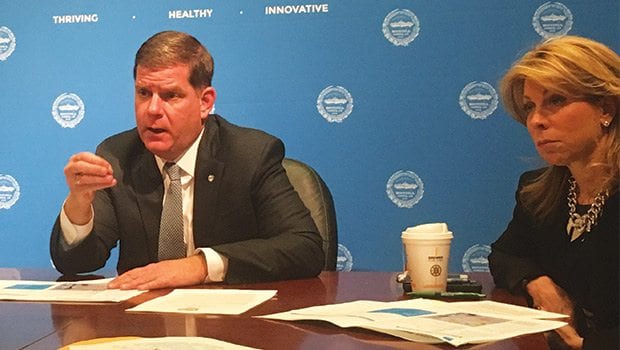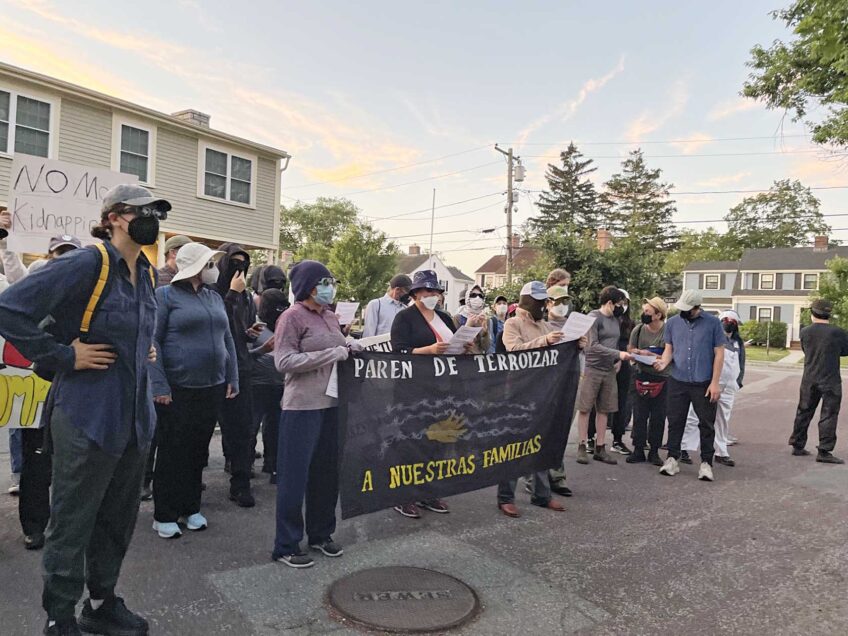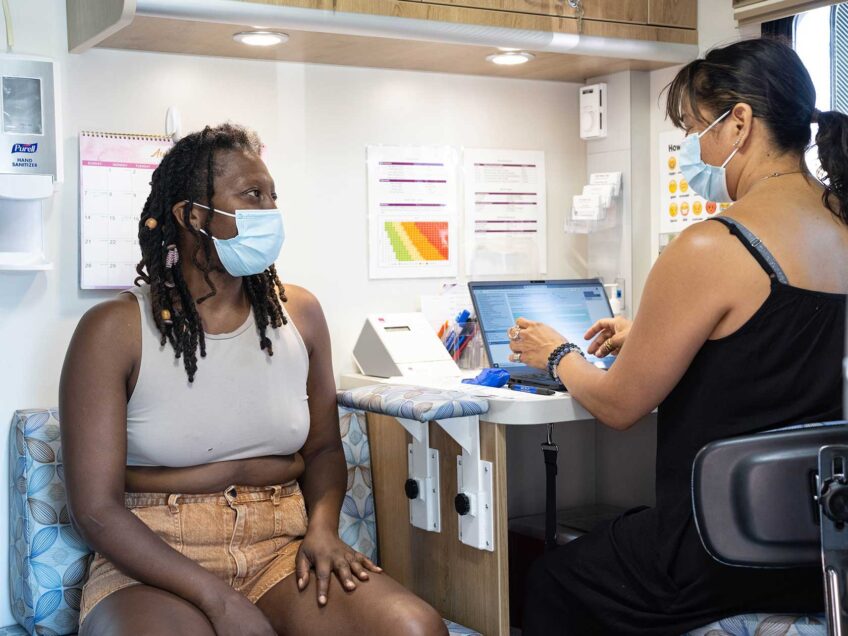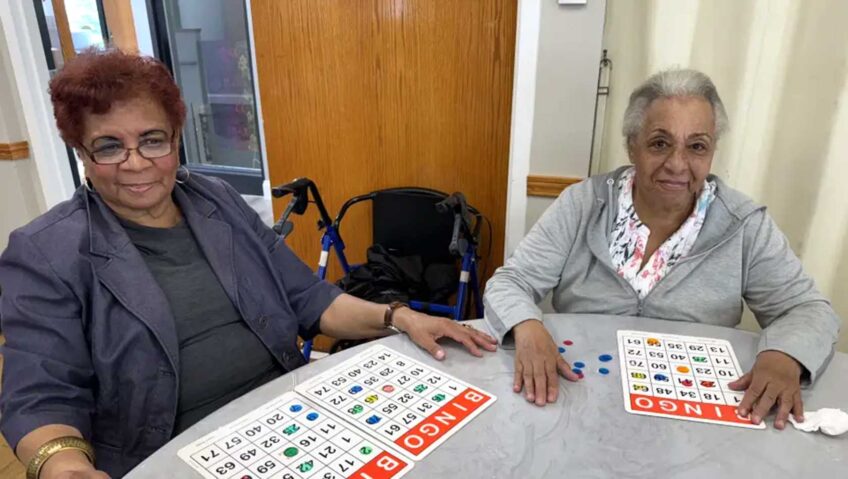City releases Go Boston 2030 15 year transportation planning report, ideas

The city on Tuesday released its Go Boston 2030 plan to guide the city’s transportation goals and planning. During a meeting with reporters on Monday, city spokespeople said the plan’s main goals are to create transportation links that will boost economic mobility, bring greater equity and respond to climate challenges. Residents engaged in the planning process largely said they wanted transit to be safer and public transportation options to be more accessible, predictable and convenient.
On the web
Read the report: www.boston.gov/go-boston-2030
Links to jobs
A 2011 study cited in the city’s Go Boston 2030 report states that median incomes in Boston range widely, from $182,000 in Back Bay to $32,000 in Roxbury, and that households without cars are more likely to have lower incomes, making them especially dependent on biking, walking or public transit.
One method the city proposes for boosting incomes is by prioritizing the creation of better transit links between low-income communities and sites of high job concentration such as the Longwood Medical Area, Logan Airport and South Boston Waterfront. Recommendations include creating safer biking connections as well as more direct transit routes connecting Dudley Square, Uphams Corner, Cleary Square and Widett Circle to the Seaport or LMA.
Transit cost and time burdens
The report also states that the city expects that providing more direct rapid transit options and alternatives to owning personal vehicles will reduce the high share of income that households in some neighborhoods spend on transportation, as well as cut down on lengthy commute times.
A household earning the median income, on citywide average, spends about 13 percent of its income on transportation. Neighborhood by neighborhood, the average share of income going to transportation drops as low as 6.6 percent for those living on the South Boston waterfront and rises as high as 16.4 percent in Hyde Park and 16.5 percent in West Roxbury. In Dorchester, Mattapan and Roxbury, the average budget share going to transit are 14.3 percent, 12.5 percent and 12.4 percent, respectively, although cost burdens rise to as much as 33 percent of household income in some low-income sections of these neighborhoods, states the report.
Additionally, at 34 minutes, Mattapan residents experience the longest average commute in the city, with the citywide average at 29 minutes. In Roxbury, the average commute is nearly 28 minutes and in Dorchester about 32 minutes. Those who undertake commutes longer than an hour disproportionately are concentrated in several neighborhoods, with the highest levels in Mattapan, East Boston, Dorchester and Hyde Park.
Better buses
Currently, communities of color are especially reliant on buses and tend to experience longer bus commutes than whites, the report states. In contrast, communities in close proximity to rail stations are predominately white.
City officials agreed on the need to improve speed and reliability of public transit as well as cross-town connections. Plans include connecting Mattapan to the Longwood Medical Area via rapid bus transit, which could feature exclusive bus lanes designated on some streets, signal priority and all-door boarding. The design and vehicle construction costs are pegged at $55 million. Execution will require MBTA participation and could take 5 to 15 years, the report states.
The city controls streets and officials said implementation of rapid bus transit may include reallocating street space for bus lanes or adjust curb lines to provide bus stops. A Mattapan-LMA rapid bus route and similar projects will need collaboration with the MBTA, which controls the vehicles.
Proposals also include transforming Dudley Square’s bus hub into an indoor facility, with electronic schedule information and retail. Costs are pegged at $15 million, the timeline at 5 to 15 years. Other ideas put forth: improvements to the Washington Street section of the Silver Line to provide quicker transport into and out of Roxbury, and extension of the Orange Line into Roslindale or beyond.
Fairmount line
Acknowledging that infrequent service and poor pedestrian access limit usefulness of what could be a main T route in an area with few transit opens, the city plan calls for trains that would arrive every 15 to 20 minutes (a change from the current 45 to 60 minutes), better walking and biking access to each station and fares payable with a Charlie card so that link passes and free transfers apply.
Next steps for the Fairmount Line include completing the Blue Hill Ave. station by 2021, with new higher-speed rail cars to come at a later date.
Like many public transit changes, this requires the MBTA for implementation, and city officials say they are in early conversations with the state on this.
Seeing it through
Mayor Martin Walsh said that with the Fairmount Line and other transit projects, he will be making the case to the state that the improvements are critical to the region’s economic vitality and state’s tax base. The state’s revenue heavily relies on income tax and so the state is only able to grow as jobs do, Walsh said. Providing better transit within Boston and between Boston and the surrounding region will be necessary to allow continued local job and population growth, he said.
“If we don’t have reliable transit, we’re going to be full [as population grows in the years to come]. People who want to be in Boston are going to make decision based on ‘it’s impossible get into Boston,’” because major arteries are backed up, Walsh said.
The Go Boston 2030 report will be an important tool in advocating to the state for funding, a city official said. When asked how to ensure its recommendations get enacted should there be a mayoral changeup, one official said the public engagement that went into the report represents that the people will push for it to happen. Officials also said this transportation plan ties into the larger Imagine Boston 2030 planning, making it integrated into long-term approaches.
Officials were unable to say how much it would cost to enact all of their proposals but said that there is $700 million in capital funds this year for transportation projects and a five-year funding plan for future transit undertakings.






